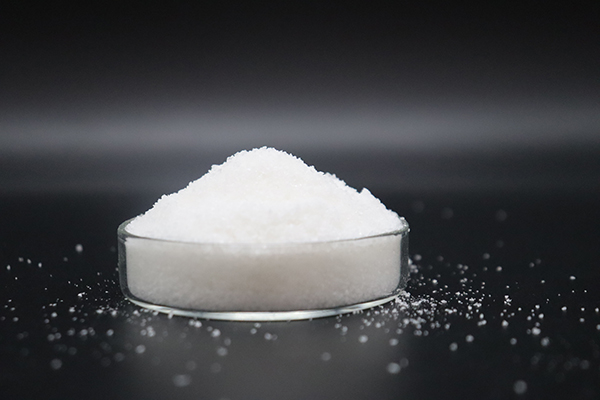1. Introduction
Coal washing is a critical process to remove impurities from raw coal, but it generates large volumes of wastewater containing suspended solids, heavy metals, and organic pollutants. Effective treatment of this wastewater is essential to mitigate environmental impacts and comply with regulatory standards.

2. Characteristics of Coal Washing Wastewater
The wastewater typically exhibits:
- High turbidity due to fine coal particles and clay.
- Chemical contaminants such as sulfides, phenols, and polycyclic aromatic hydrocarbons (PAHs).
- Variable pH levels, often acidic or alkaline depending on the coal source.
3. Treatment Processes
3.1 Primary Treatment: Solid Removal
- Sedimentation basins: Allow coarse particles to settle under gravity.
- Coagulation/flocculation: Chemical agents (e.g., alum) aggregate fine particles for easier filtration.
3.2 Secondary Treatment: Biological Degradation
- Activated sludge systems: Microorganisms break down organic pollutants.
- Aerobic/anaerobic reactors: Effective for degrading phenols and ammonia.
3.3 Tertiary Treatment: Advanced Purification
- Membrane technologies (e.g., ultrafiltration, reverse osmosis) remove dissolved solids.
- Chemical oxidation (e.g., ozone) targets refractory compounds.

4. Zero-Discharge Strategies
To minimize environmental impact, modern coal plants adopt:
- Closed-loop systems: Recycle treated water for reuse in washing processes.
- Evaporation ponds: Concentrate brine for salt recovery.
5. Conclusion
Coal washing wastewater requires a multi-stage treatment approach combining physical, biological, and chemical methods. Innovations like zero-discharge systems and advanced oxidation are pivotal for sustainable coal production.